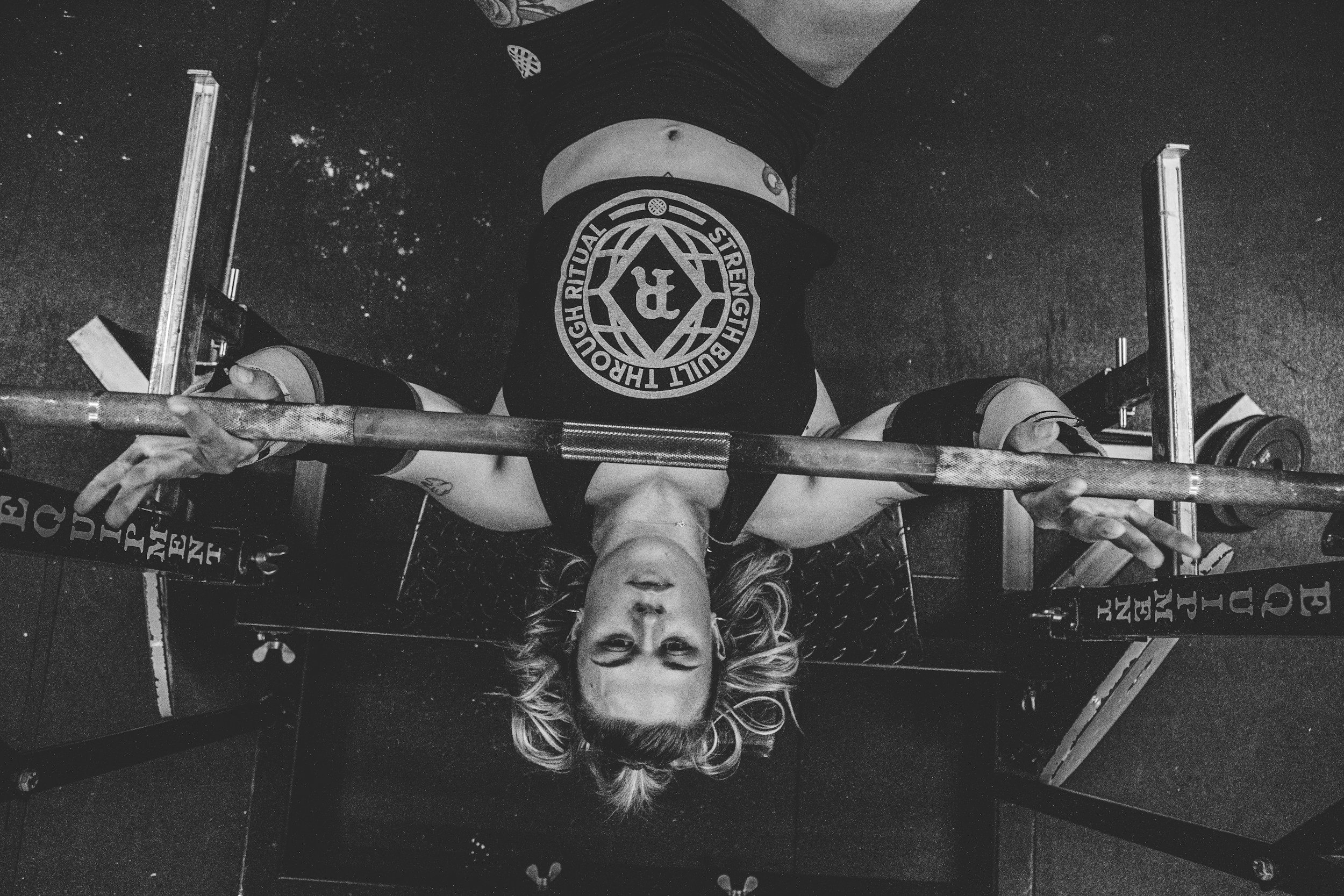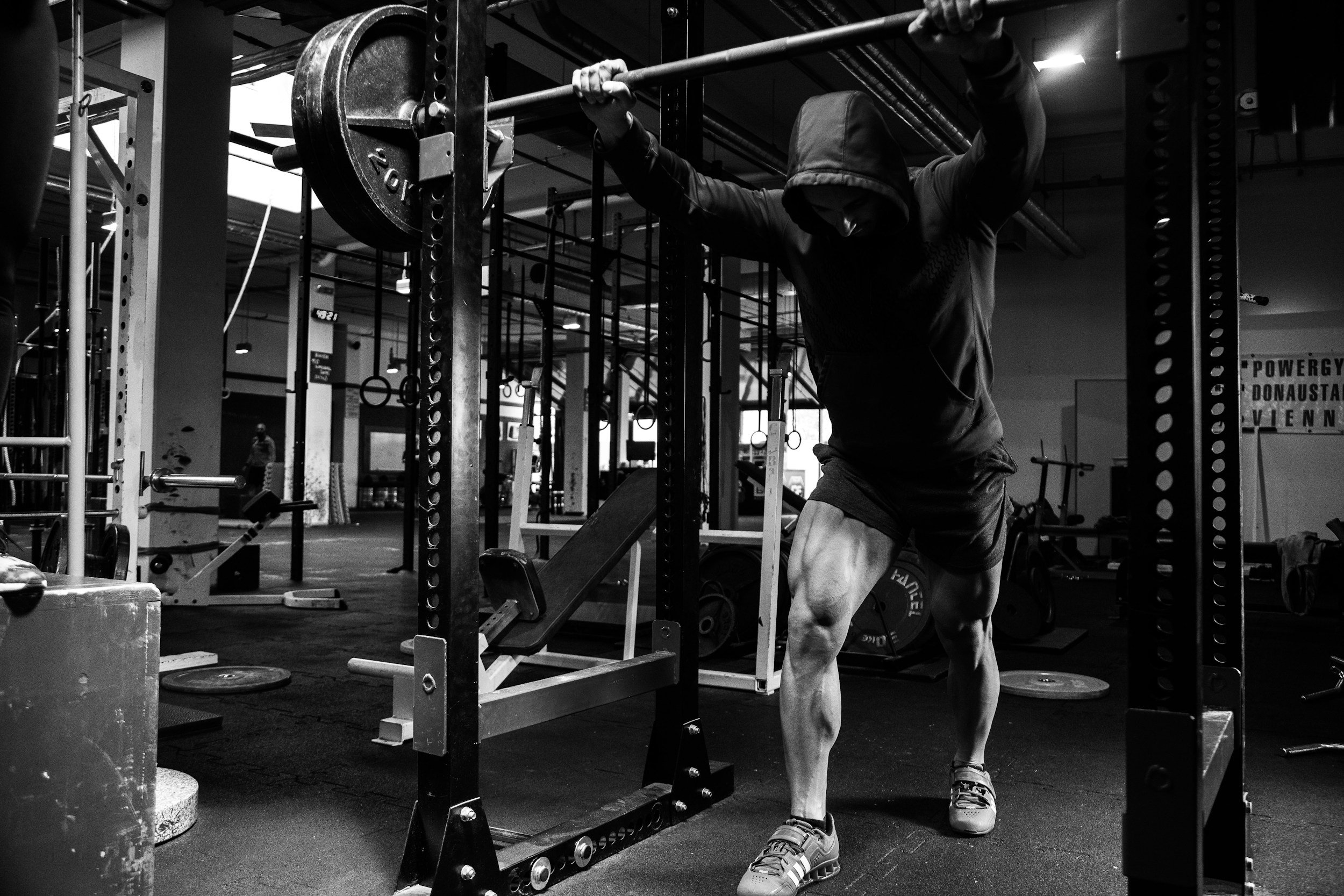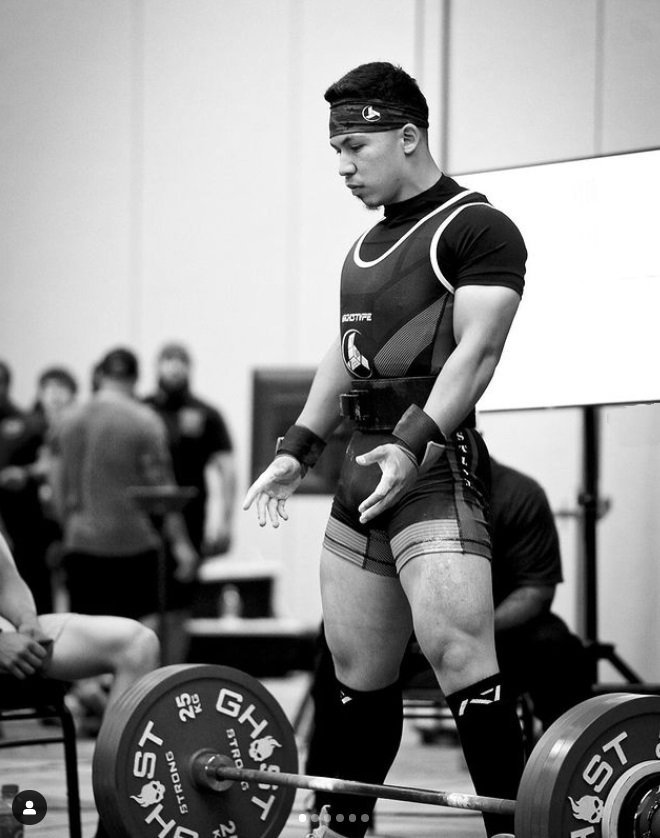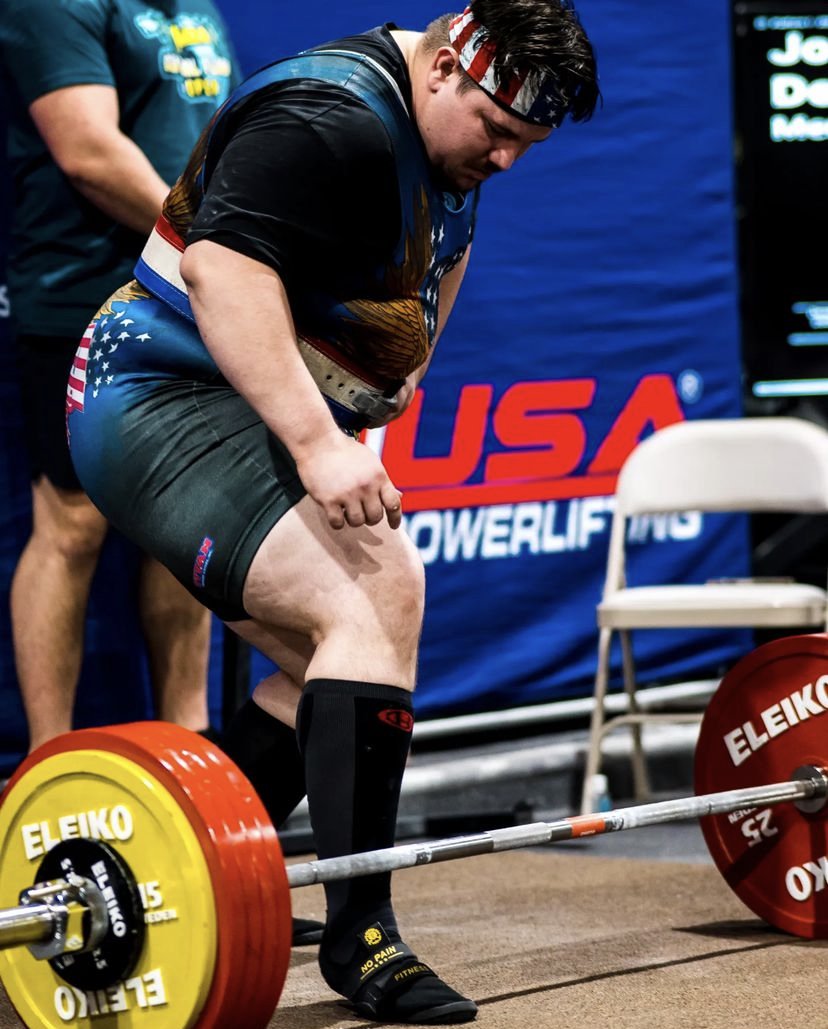
If I Could Only Do Three Exercises, What Would They Be?
If I could only choose three exercises, dips, chin-ups, and deadlifts would dominate my training routine. These movements target nearly every major muscle group while building functional strength and stability. Dips focus on pushing power for the chest, triceps, and shoulders; chin-ups enhance pulling strength for the back and biceps; and deadlifts develop lower body power and core stability. Although they primarily work in the sagittal plane, they still engage stabilizers across the body, offering a full-body workout. While incorporating all planes of motion is ideal, these three exercises are a powerhouse trio for efficiency and total-body strength.

Why Pause Deadlifts are Terrible: A Comprehensive Guide to Building a Stronger Deadlift Without Them
The deadlift is a powerhouse exercise for building full-body strength, but not all training methods are equally effective. Pause deadlifts, often used to overcome weak points, can actually disrupt the flow and explosiveness of the lift, making them a less-than-ideal choice. Instead of relying on pauses, consider variations like floating deadlifts, block pulls, or using chains and bands to target specific sticking points without compromising your technique. By focusing on exercises that match your individual needs, you can build a smoother, more powerful deadlift and make greater strides toward your strength goals.

Quick Tip for a Stronger Workout!
Strength training is not just about lifting heavier weights; it involves strategic techniques to optimize performance. One effective method is incorporating short isometric exercises before top sets. These exercises, which involve holding a muscle contraction without changing its length, prime your muscles and nervous system, enhancing strength output. By boosting neuromuscular facilitation, isometric contractions improve motor unit recruitment and muscle activation. Although isometrics won’t increase the number of neurons, they enhance their functionality and connectivity, leading to better strength and stability. Integrating these holds into your routine can lead to heavier lifts, improved performance, and reduced injury risk.

What’s Better for Strength Gains - RPE or Percentages?
In the world of strength training, two popular methods for gauging intensity are Rate of Perceived Exertion (RPE) and percentage-based training. RPE allows lifters to adjust their workouts based on how they feel, offering flexibility, while percentage-based training provides structure by using a lifter’s one-rep max to determine intensity. Both systems have pros and cons, with RPE being more subjective and percentages often too rigid. A third option, Reps in Reserve (RIR), bridges the gap by estimating how many reps are left in the tank. This blog explores which method is best for maximizing strength gains.

How to Strengthen the Bottom, Middle, and Lockout Position of Your Bench Press!
If you're struggling with the bench press, targeting your weak points is key to improving. The dead bench helps build explosive power off the chest by starting each rep from a dead stop. For lifters stuck in the middle of the press, chains or bands provide variable resistance, strengthening your ability to push through. If the lockout is your issue, isometrics, where you press against pins for several seconds, will build triceps strength and improve your ability to finish the lift. By incorporating these methods, you’ll overcome plateaus and boost your overall bench press performance.

The Importance of Exercise Order in Strength Training: A Guide to Building Size and Strength
Exercise order plays a crucial role in achieving your fitness goals, whether you're aiming to build size, strength, or improve specific lifts like the bench press. The sequence in which you perform exercises can significantly impact muscle engagement and overall performance. This article explores how to structure your workouts based on your goals, providing specific exercise orders for maximizing hypertrophy, building strength, and enhancing bench press performance. Understanding and applying the right exercise order will help you make the most of your training sessions and accelerate your progress toward your desired results.

The Box Squat is Highly Underrated for Developing Hip Strength
The box squat is a powerful exercise that emphasizes hip strength and explosiveness, making it a must-have in any strength training program. By encouraging a backward hip movement and maintaining an upright shin position, the box squat effectively targets the glutes and hamstrings. Whether you’re looking to build raw power, improve speed, or prepare for intense deadlift sessions, the box squat is an essential tool for enhancing lower body performance.

Mastering the Deadlift: Strategies to Improve Strength from the Floor, Midpoint, and Lockout
The deadlift is a cornerstone of strength training, but many lifters struggle with sticking points—whether off the floor, in the middle, or at the lockout. This blog delves into the importance of choosing the right stance, which influences muscle recruitment and overall lift efficiency. It also outlines targeted exercises for sumo and conventional deadlifters, including floating deadlifts, block pulls, and isometric training against pins. Additionally, the blog highlights the benefits of jump training for improving explosive power. By addressing these key areas, lifters can break through plateaus and achieve a stronger, more effective deadlift.

Want a Better Deadlift? START FRONT SQUATTING!
Front squats are often overlooked, but they are one of the most effective exercises for building the foundational strength needed for a strong deadlift. By requiring the lifter to engage key muscle groups such as the core, lower back, and postural muscles, front squats directly contribute to the strength and stability required for deadlifting. In this blog, we'll explore what the front squat is, why it’s crucial for deadlift improvement, and how to perform it using various techniques.

Quit Doing Rack Pulls - You’re Outlifting Your EGO!
Rack pulls are a popular exercise among lifters, particularly for those looking to improve their deadlift strength and back development. They involve lifting a barbell from an elevated position, typically using a power rack. While many athletes incorporate rack pulls into their routines, there are some significant drawbacks to consider. Personally, I have experienced these firsthand. Despite being able to rack pull 700 pounds, my true deadlift max was only 550 pounds. This discrepancy highlights the issues with rack pulls, such as the bar bending significantly and allowing for easier leverage
